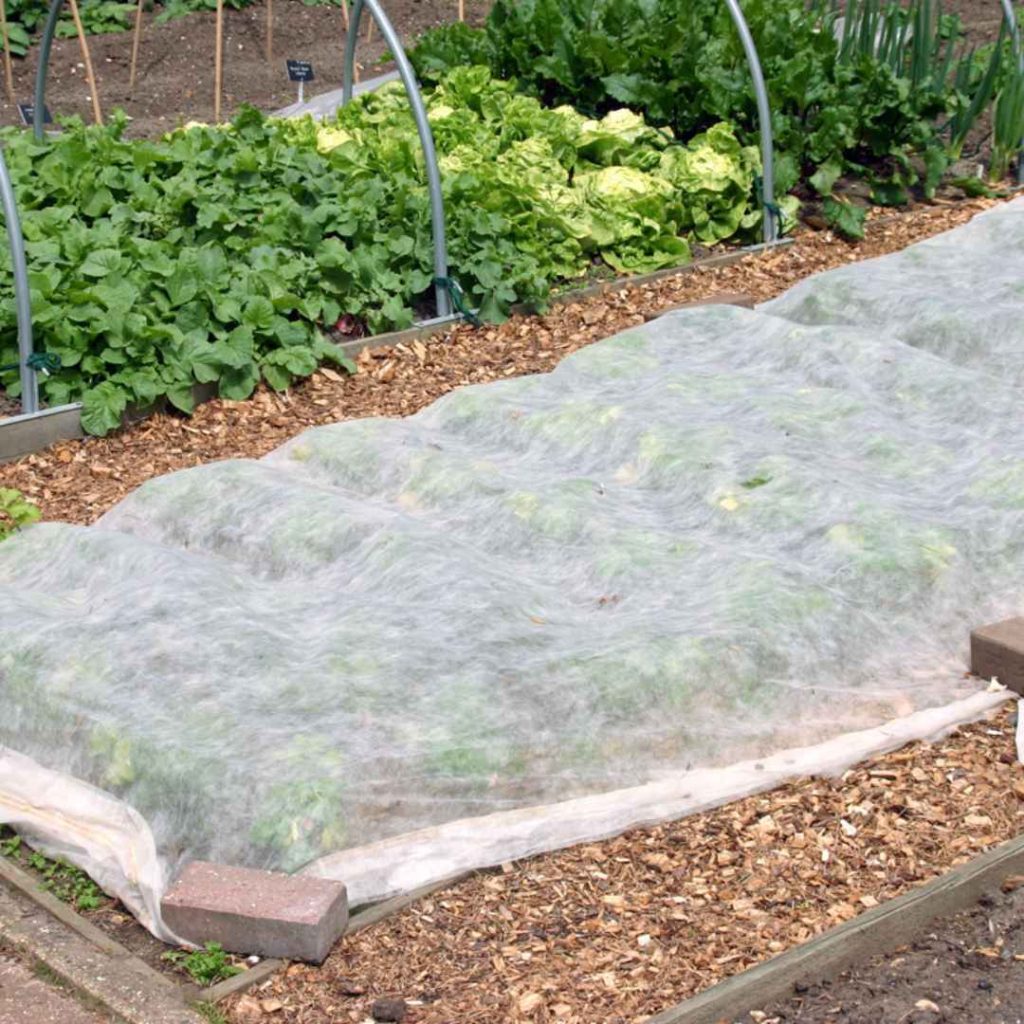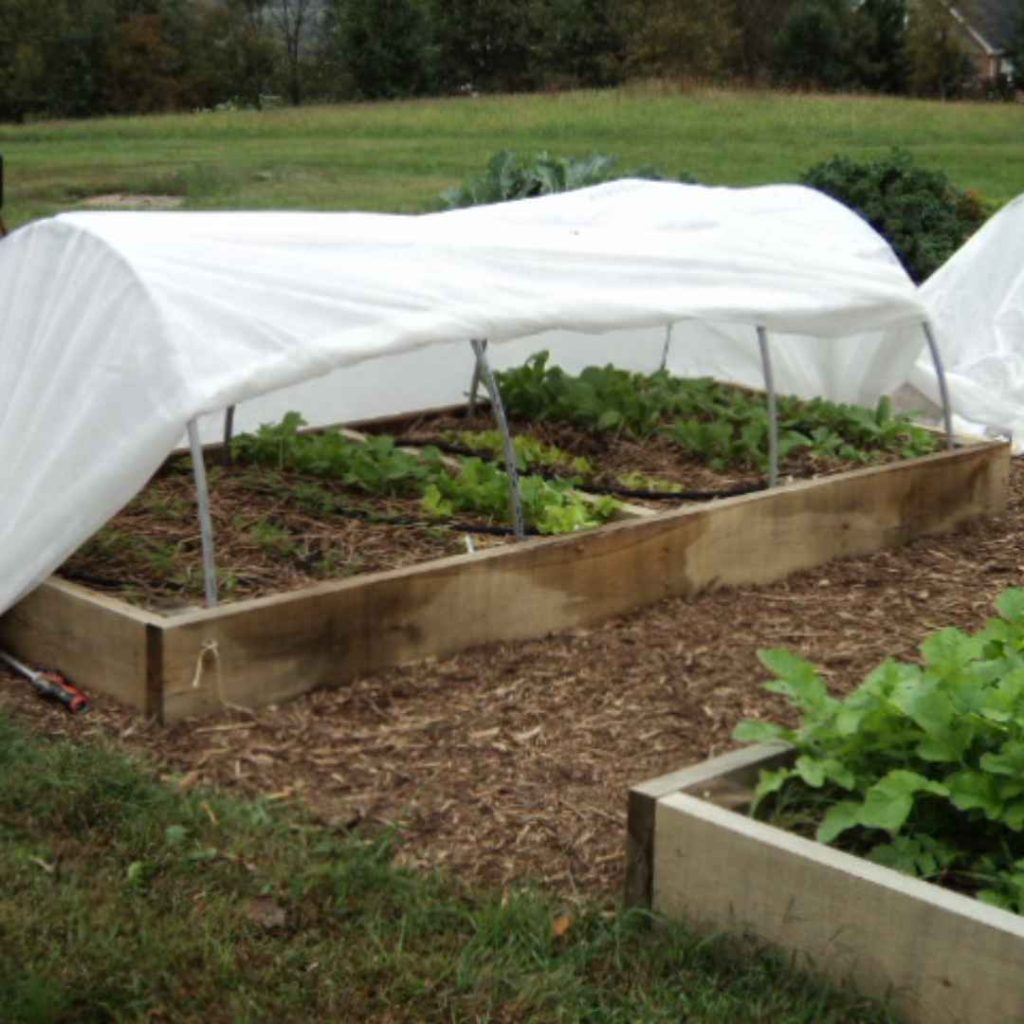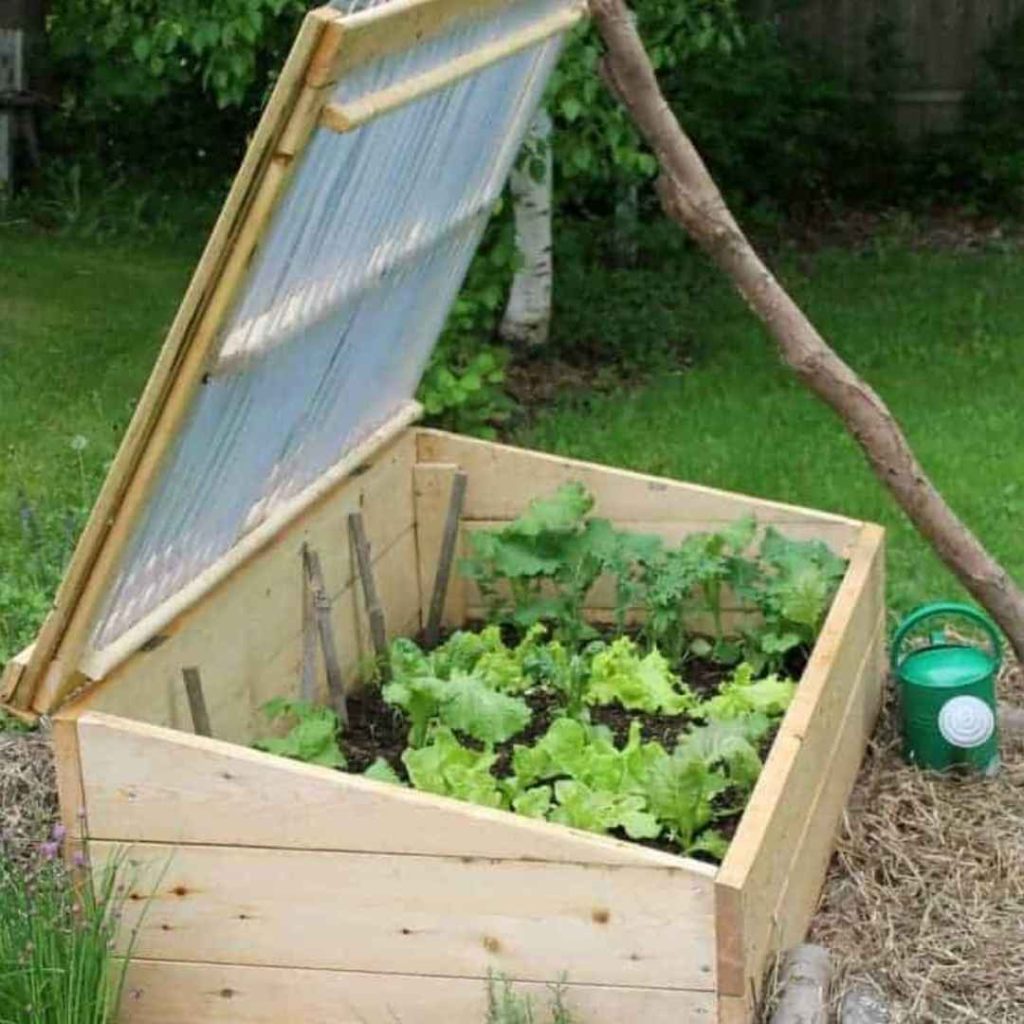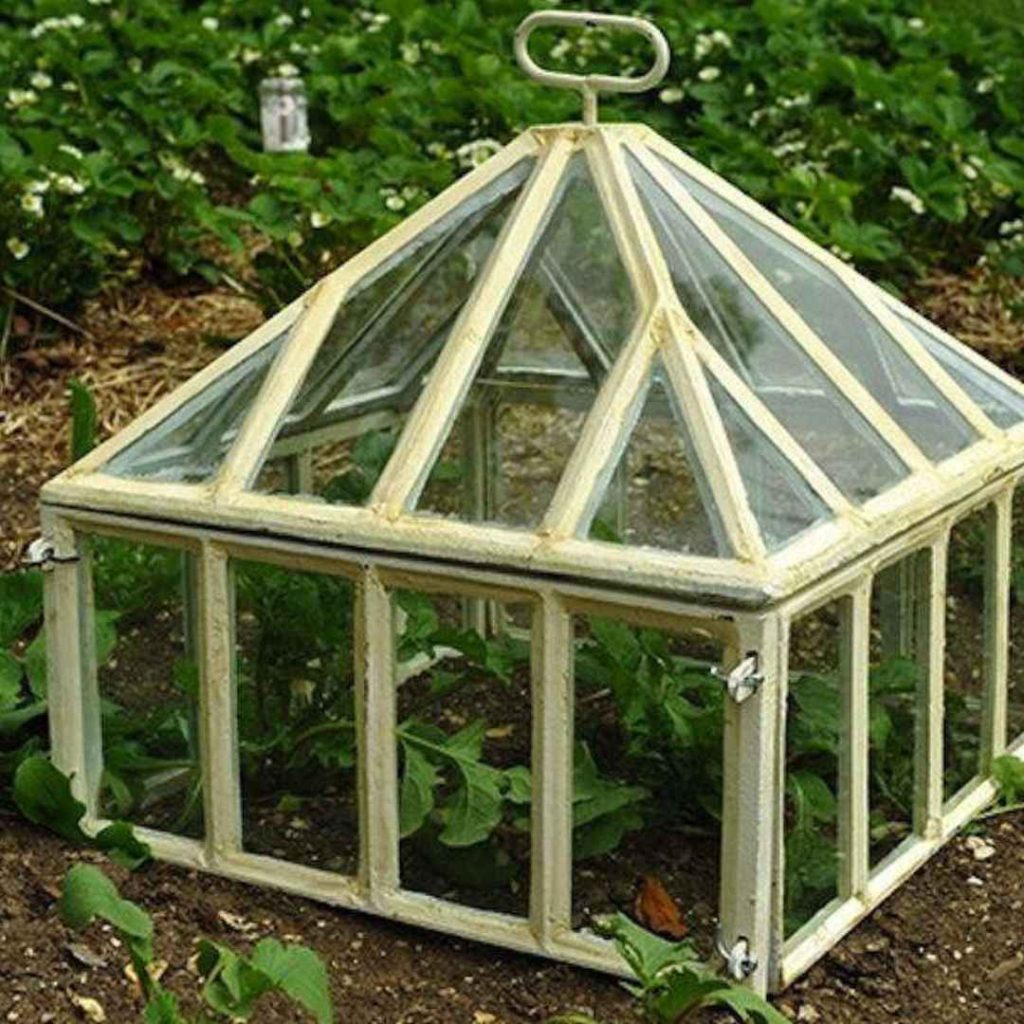Covering Garden Rows To Prevent Cold Damage:
We frequently discuss using hoop houses, low tunnels, and floating row covers to lengthen your expanding period. All of these shield your delicate plants against mild frostbite. We’ll walk you through the simple process of building a low tunnel today using PVC tube and floating plastic coverings.
Using Floating Row Coverings For Safeguarding Plants From Snow:
These row covers provide ventilation, sunlight, and moisture to reach the vegetation because they are formed of lightweight substances that “float” on the surface of your vegetation. Low tunnels of hovering row coverings shield the vegetation from frostbite while providing simple accessibility to what you are growing.
Stretching row cover over elliptical hoops to create low tunnels can simplify cultivation and need less upkeep. You can swiftly lift the row blanket for collecting thanks to the hoops’ support, which additionally retains the heft of the snowy row coverings off your crops.
After you have the frames in position, you can cover them with transparent Tufflite plastic to create a miniature greenhouse. Wrap it with shading material in summertime to keep your plants chilly and shield them from the sun. You will have a helpful instrument for safeguarding plants in containers and raised gardening beds regardless of the forecast for the day.

How a low hoop tunnel’s frame is constructed:
First, drive the bar of steel into the earth at a 35–45° inclination in the direction of the bed’s centroid. Allow roughly 6″ of steel to protrude from the surface of the earth. In order to prevent dangers for travelers, you may wish to color the tops of the beams with a vibrant hue or highlight them if you intend to keep them in place after removing the low tunnel in the heat of the season.
To make a hoop, glide an 8-foot piece of poly vinyl chloride over the beam and continue every five feet along the bed.
The Hovering Row Cover Can Be Installed Over An Average Tunnel Framework As Follows:
A portion of Agribon that is about eight feet larger than the bed’s length ought to be separated from the roll. At every point of the tunnel, the cloth may subsequently close and droop over.
Create a basic “sleeve” down the entire edge of the Agribon by taking six inches of cloth across the long border, folding it over, and stitching it in position. This will make it easier to gather vegetables and ventilate the tunnel.
Then cover the hoops with the Agribon. Your longer plastic piece ought to slip down the sleeve. Utilize additional 3/4″ screws to fasten the extended section of Plastic to the Agribon’s border if you didn’t sew a sleeve.
At both ends of the tunnel, catch the material and use a boulder or gravel bag to fasten it. Throughout the year round, you can now effortlessly raise one side for collecting delectable veggies or to ventilate the burrow!
In Your Low Tunnel, When To Plant:
Irrespective of the air humidity, you may expand your periods at either end of the year by using the low tunnel. Determine the duration that you may retain cold-season veggies into wintertime by planting them at the end of August.
Get a head start on producing the cold-season veggies that thrive in autumn and spring by using the low tunnels for warming the ground in the wintertime or the beginning of April.
Many Other Ways And Technologies:
1. Hoop Structures:

A variety of resources are acceptable to construct basic hoop structures. It is essentially an instance of a structure that has been coated with particular substances and bending in a number of hoops surrounding your vegetable allotment. In accordance with what components you decide to utilize, they may prove made at a reasonable price.
Hoop structures can prolong the planting period by an extra six to eight weeks while protecting your crops from freezing. You must raise the tops or certain gaps in the blanket to maintain your hoop house aired on hot weather.
2. Cold Frame Technology:

Cold frames are essentially square boxes without a bottom that you may set over your crops to keep them safe from freezing temperatures. Little quantities of products (consider lettuce, greens, and other veggies) can be covered with several chilly structures for the majority of the wintertime. Cold framework sidewalls can be constructed from stones, masonry blocks, hardwood, or whatever other stuff you happen to have on hand.
Although using straw bundles for the perimeter and referring to it as a “cold framework” is an option. Utilize a fragment of fiberglass and vinyl, or acrylic (consider repurposed ancient panes) for the topmost part.
All you have to do is wrap the cold frame across the vegetation you wish to maintain safely, and on chilly mornings and at midnight, retain it sealed. Naturally, you’ll additionally be required to keep in mind to reveal it during the hottest hours of the week to avoid having a steam room inside. Progressively cooler times, airflow is crucial, so you ought to lift it up a little bit each day, although only for a couple of moments.
3. Cloches:

Cloches are an ancient method of extending an outdoor space that dates back to the 1600s, when the French first employed them. A bonnet was initially an acrylic canopy in the format of an instrument that served as a miniature conservatory for one particular plant.
In modern times, you can construct gardening cloches out of a variety of materials, such as repurposed milking containers, big balsamic vessels, and additionally transparent plastic beverage containers. In essence, a cloche is something that can be placed above vegetation without triggering their stems to break.
Using sunshine for warming the substrate and shielding the crops from freezing, gardening cloches function similarly to freezing frames. They must have enough ventilation because, like chilly structures, warmth can accumulate inside them quite rapidly.
On days with sunshine, you may simply remove the lid to let the heated air out, which is why milk containers and balsamic barrels function wonderfully.
Cloches’ benefit is that they’re an excellent method for delicate perennial vegetation (like thyme) or if you only require certain seedlings for wintertime and cannot live in a breezy place.
